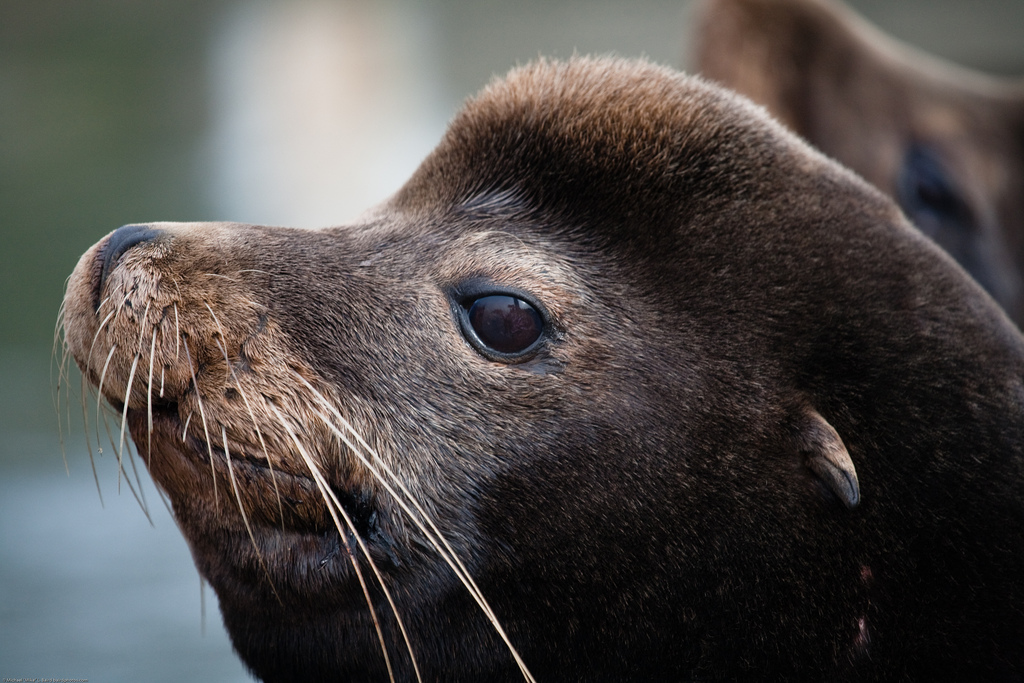 At the 2014 North American Veterinary Conference, in Orlando, Florida, Joe Gaydos presented on Salmonella in wildlife. About 10% of the Salmonella outbreaks between 2006 and 2013 were caused by wild animals, and most of these were caused by reptiles and amphibians.
At the 2014 North American Veterinary Conference, in Orlando, Florida, Joe Gaydos presented on Salmonella in wildlife. About 10% of the Salmonella outbreaks between 2006 and 2013 were caused by wild animals, and most of these were caused by reptiles and amphibians.
Salmonella infection can be prevalent in wild birds, and has been seen in many wild mammal species including white-tailed deer, raccoons, and river otters.
Relatively little is known about Salmonella in free-ranging marine mammals. It has been isolated from harbor porpoise (Phocoena phocoena), a killer whale (Orcinus orca), sea otters (Enhydra lutris nereis), northern elephant seals (mirounga angustirostris), California sea lions (Zalophus californianus), Northern fur seals (Callorhinus ursinus), and harbor seals (Phoca vitulina). Far more isolations have been made than actual documentation of disease. Salmonella Newport-associated septicemia has been documented in a harbor porpoise and a killer whale. Salmonella also has been isolated from marine birds such as Western gulls (Larus occidentalis). While one study found prevalence of Salmonella in 40% of California sea lion pups and 33% of northern fur seal pups on San Miguel Island, the prevalence in most marine wildlife populations is unknown but probably highly variable.
Download a copy of the paper: Salmonella in Wildlife by J. Gaydos


